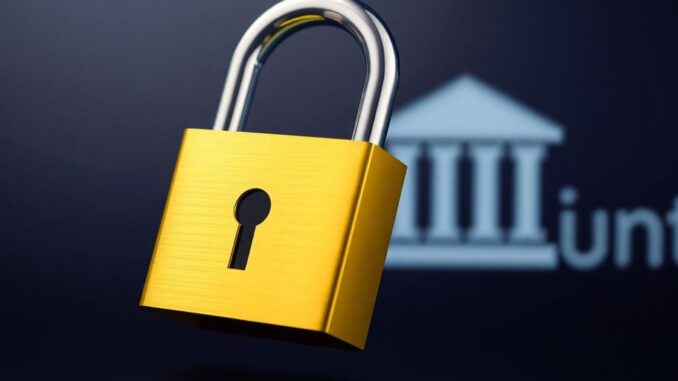
In today’s evolving financial landscape, understanding bank account management and robust fraud protection is paramount for consumers. From safeguarding against sophisticated scams to efficiently managing multiple accounts, staying informed is key to financial security and well-being. This guide delves into common threats and practical strategies.
Key Takeaways
- Bank account fraud encompasses various schemes like check fraud, P2P payment scams, ATM skimming, phishing, and wire transfer fraud.
- Proactive measures such as account alerts, strong passwords, and secure Wi-Fi are crucial for prevention.
- Swift action is necessary if victimized, involving contacting your bank and reporting to relevant authorities.
Understanding Common Bank Account Frauds
Bank account fraud continues to be a significant concern for consumers, with fraudsters constantly developing new methods to exploit vulnerabilities. Awareness and preventative measures are the most effective defenses.
Check Fraud
Despite the decline in paper check usage, check fraud remains prevalent. This includes creating counterfeit checks, altering existing ones (check washing), exploiting account balances (check kiting), and forgery. To protect yourself, verify suspicious checks, be wary of overpayment scams, and never pay to claim a prize. If you become a victim, report it to your bank, file a police report, and notify the Federal Trade Commission (FTC).
Peer-to-Peer (P2P) Payment Scams
Services like Zelle, Venmo, and PayPal are convenient but can be exploited by scammers, often through impersonation. They might pose as bank representatives or government agents to trick you into sending money. Always verify payment requests directly with the sender through a known contact method. If you fall victim, notify your bank, file a local law enforcement report, and consider placing a fraud alert on your credit.
ATM Skimming
Criminals install devices on ATMs and payment terminals to steal card and PIN information. Using cardless ATM features, avoiding suspicious machines, and regularly monitoring your accounts can help prevent this. If you suspect skimming, report unauthorized transactions to your bank immediately.
Phishing
Phishing attacks use deceptive emails or texts to steal login credentials or sensitive data. Never click on suspicious links or download unknown attachments. Be skeptical of urgent requests and messages with typos. Keep your devices updated with security software. If you’ve been compromised, change passwords, run security scans, and report identity theft to the FTC if your Social Security number was involved.
Wire Transfer Scams
Wire transfers are often requested by scammers because the funds are difficult to recover. Common scams involve fake family emergencies, romance scams on dating apps, and classified ad schemes. Avoid wiring money to strangers, be wary of urgent requests, and be suspicious of sellers who insist on wire-only payments. Government agencies will never ask for wire transfers. If you’re a victim, contact your bank or wire transfer provider immediately to attempt a reversal and report the fraud to the FTC.
Managing Multiple Bank Accounts Effectively
For those with multiple bank accounts, organization and security are key.
- Track Everything: Maintain a spreadsheet detailing account numbers, APYs, fees, minimum balance requirements, and balances to keep track of all details and avoid unexpected charges or dormancy.
- Unique Passwords: Create strong, unique passwords for each account and consider using a reputable password manager with two-factor authentication.
- Keep Accounts Active: Ensure accounts remain active to prevent them from being declared abandoned or incurring dormancy fees. Assign each account a purpose, such as bill payments or regular transfers.
- Minimize Transfer Fees: Be mindful of fees when moving money between accounts. Opt for accounts with no or low transfer fees, and consider online savings accounts that often offer better rates and fewer fees.
By staying vigilant against fraud and adopting sound account management practices, consumers can better protect their finances.

